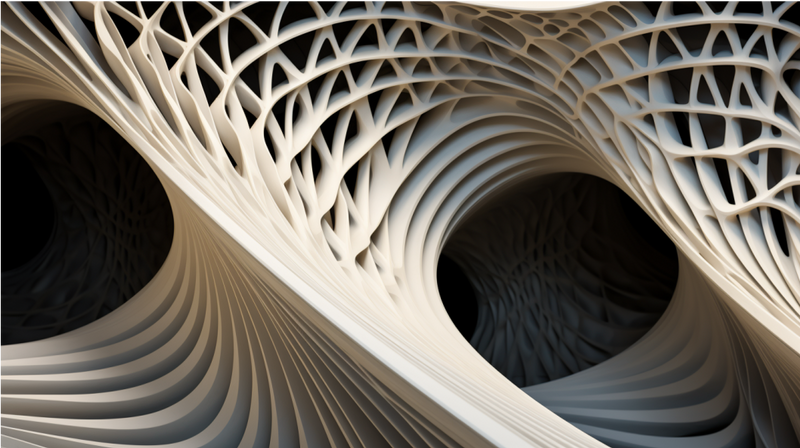In the boundless realm of design and architecture, there breathes a symbiotic relationship with mathematics. The evolving dialogue between these two fields converges most profoundly within topological design - an arena where mathematical surfaces mold and inspire architectural structures. Topological design, a branch of mathematics concerning itself with the properties of space that are preserved under continuous transformations, expands into an intricate tapestry, weaving geometrical and spatial configurations that sculpt architectural marvels. This article unveils the mystical journey of sculpting architectural wonders through the lens and tools of topological surfaces, exploring the reciprocal relationship between tangible structures and intangible mathematical concepts.
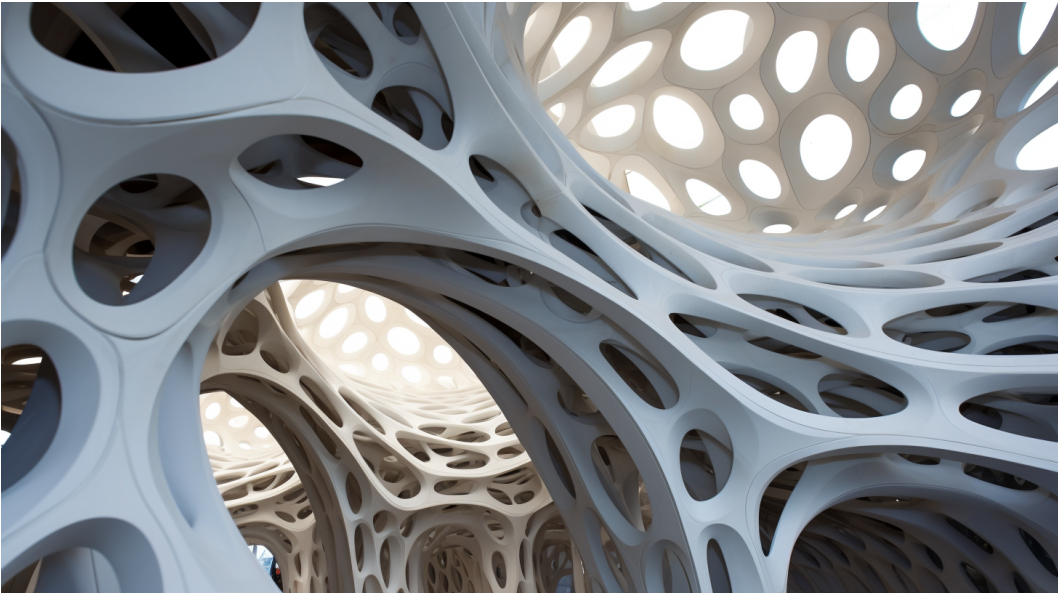
The Tangible Intertwined with the Intangible
Beneath the tangible shells of architectural constructs, lie intangible mathematical paradigms that define their essence and aesthetic. As the sculptor molds clay, so does the architect manipulate spatial coordinates, crafting surfaces and structures through mathematical manipulation. Be it the undulating façade of the Heydar Aliyev Center or the robust and yet seemingly weightless expanse of the Guggenheim Museum Bilbao, the visible and the invisible converse in a silent dialogue, crafting tales of shapes, dimensions, and trajectories within the canvas of physical structures.
A Journey into the Mathematical Aesthetics
Delving into the essence of topological surfaces, we discover an aesthetic composed not merely of shapes, but of the fundamental relationships between points, lines, and surfaces. Surfaces can twist, warp, and stretch, bringing forth a myriad of shapes without losing their intrinsic topological properties. Möbius strips, Klein bottles, and other non-orientable surfaces transverse into the architectural realm, prompting designers to explore the boundless possibilities embodied within the interconnectedness of form and function, where every point of a shape has its story, and every curve weaves a narrative that encompasses both aesthetic and utilitarian aspects.
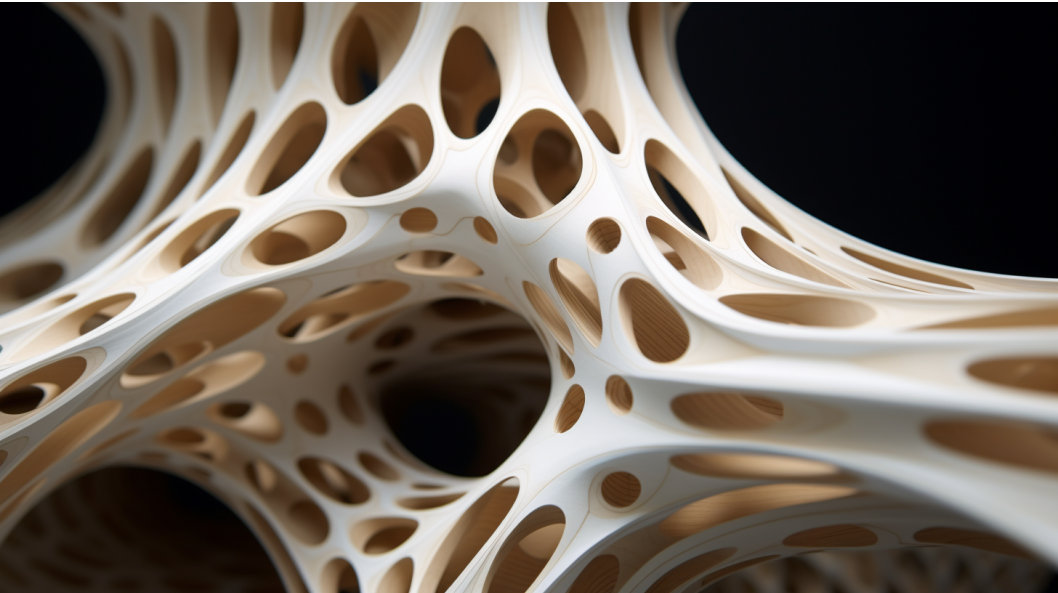
Beyond Conventional Boundaries
By sculpting architecture through mathematical surfaces, we traverse beyond the boundaries of conventional design into a realm where structures evolve as artifacts of mathematical curiosity. Topological design harbors the potential to sculpt spatial configurations that mirror the elegance and complexity of mathematical equations and models. Within these forms, architects and designers carve out spaces that are not only functional but also bearers of unspoken tales of mathematical endeavors, where every twist, curve, and fold becomes a metaphor for topological intricacies.
The Meeting Point of Functionality and Aesthetics
Topological design prompts architects to navigate the intricate pathways that bridge functionality and aesthetics, crafting structures that embody a marriage of form and function. The modulations and interactions of mathematical surfaces inform the structural integrity, spatial distribution, and aesthetic appeal of the architectural space. This blending of structural reliability with visual allure ensures that the architecture does not merely serve its utilitarian purpose but also stands as a testament to the sublime beauty inherent in mathematical forms.
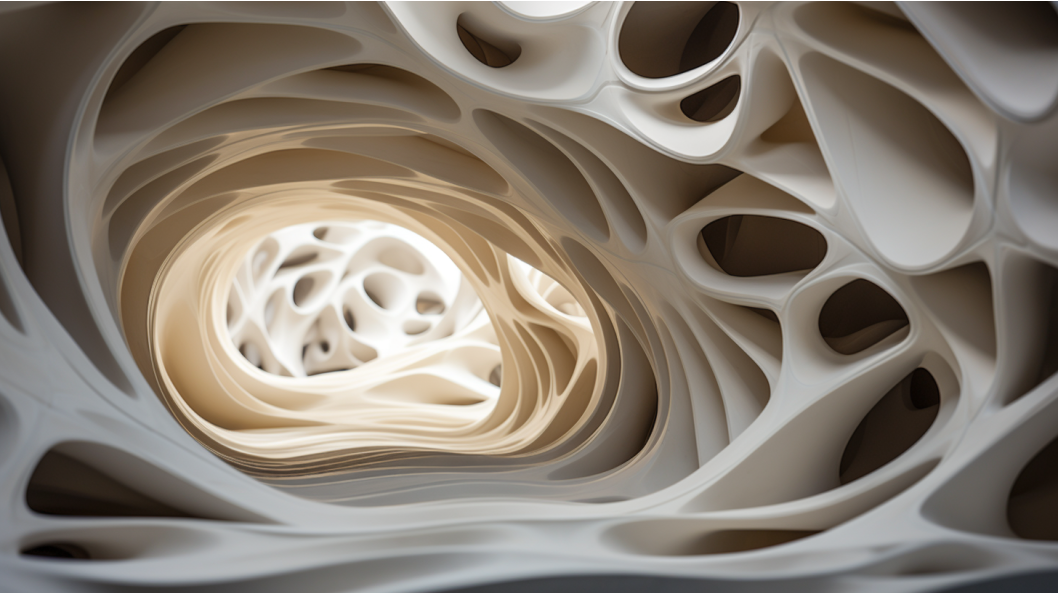
Future Trajectories in Architectural Design
As we plunge into the future, the role of topological design in sculpting architecture beckons with unexplored potentials and possibilities. Machine learning and computational design provide avenues to traverse through complex mathematical landscapes, exploring and manifesting topological surfaces in ways hitherto unimagined. Herein, the integration of algorithmic processes with topological theories opens doorways to an architectural future where structures echo the complexities and nuances of mathematical surfaces with heightened precision and aesthetic depth.
In exploring topological design through sculpting architectural forms, we embark upon a journey where mathematics transcends its abstract origins, materializing into tangible forms that stand as monuments to its intrinsic beauty and complexity. Through the lens of topological surfaces, architects and designers carve out spaces that echo the profound dialogue between the tangible and the intangible, crafting structures that are not merely physical entities but are resonant with the profound symphony of mathematical narratives. Thus, as we stand at the crossroads of design, mathematics, and technology, we peer into a future where the boundaries between the abstract and the tangible dissolve, birthing architectural wonders that are as much a marvel of design as they are of mathematical exploration.
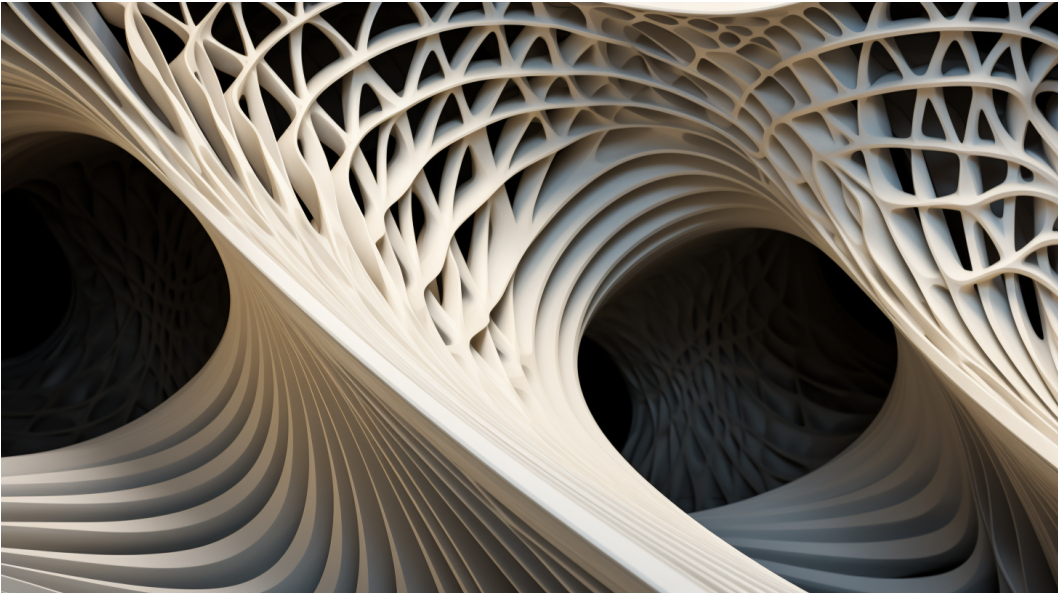
Welcome to planksip® – your go-to media outlet for top-notch content creation. Get content like this for just $200 per week!
